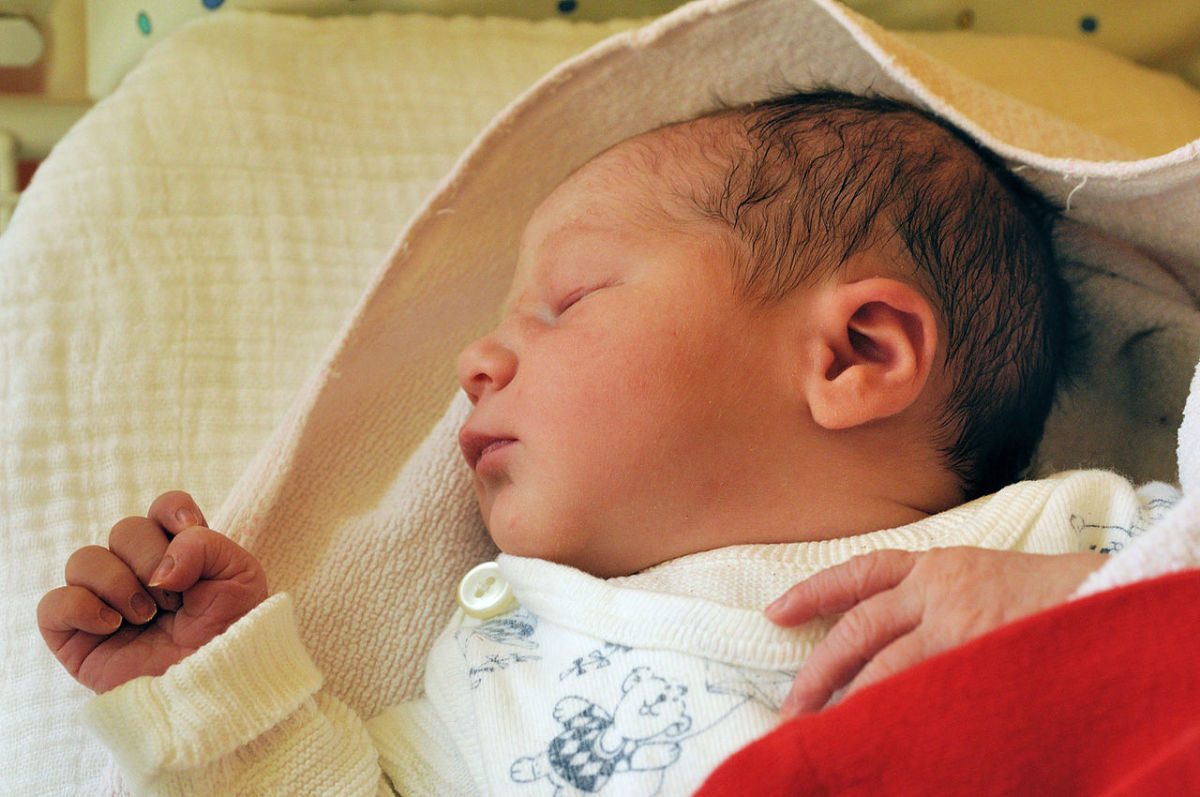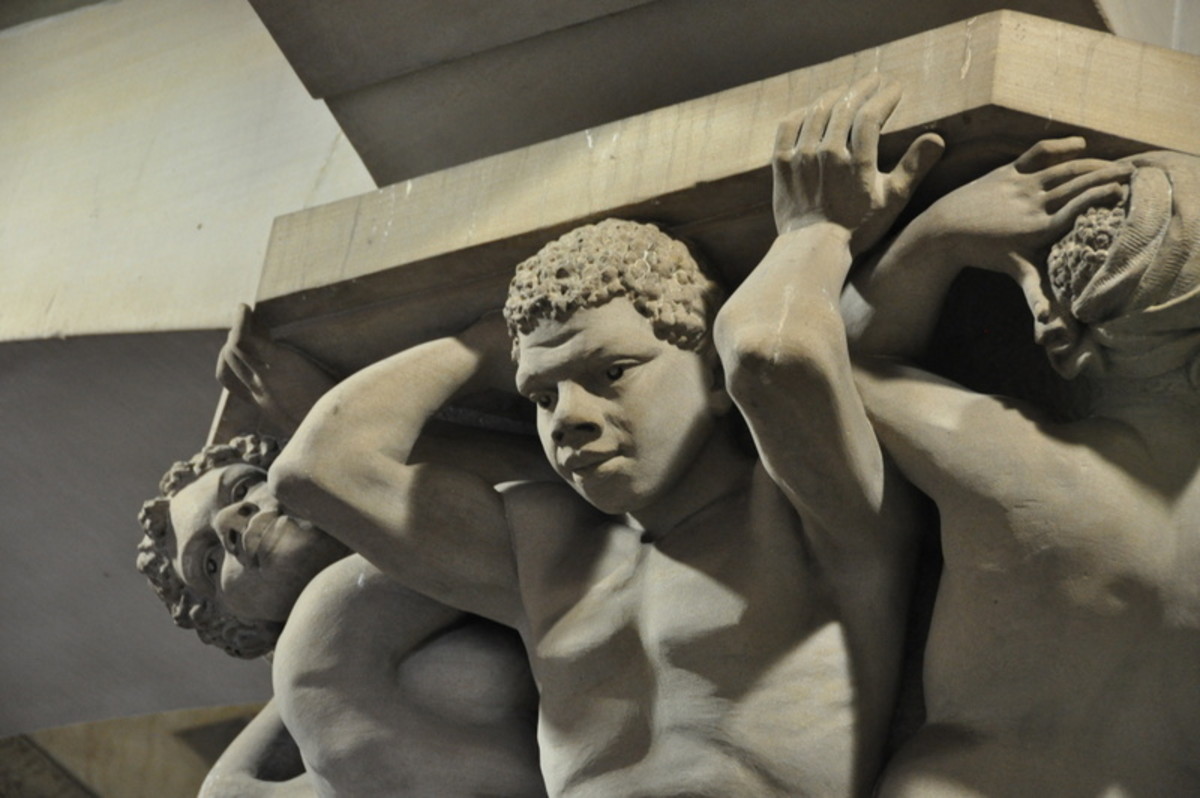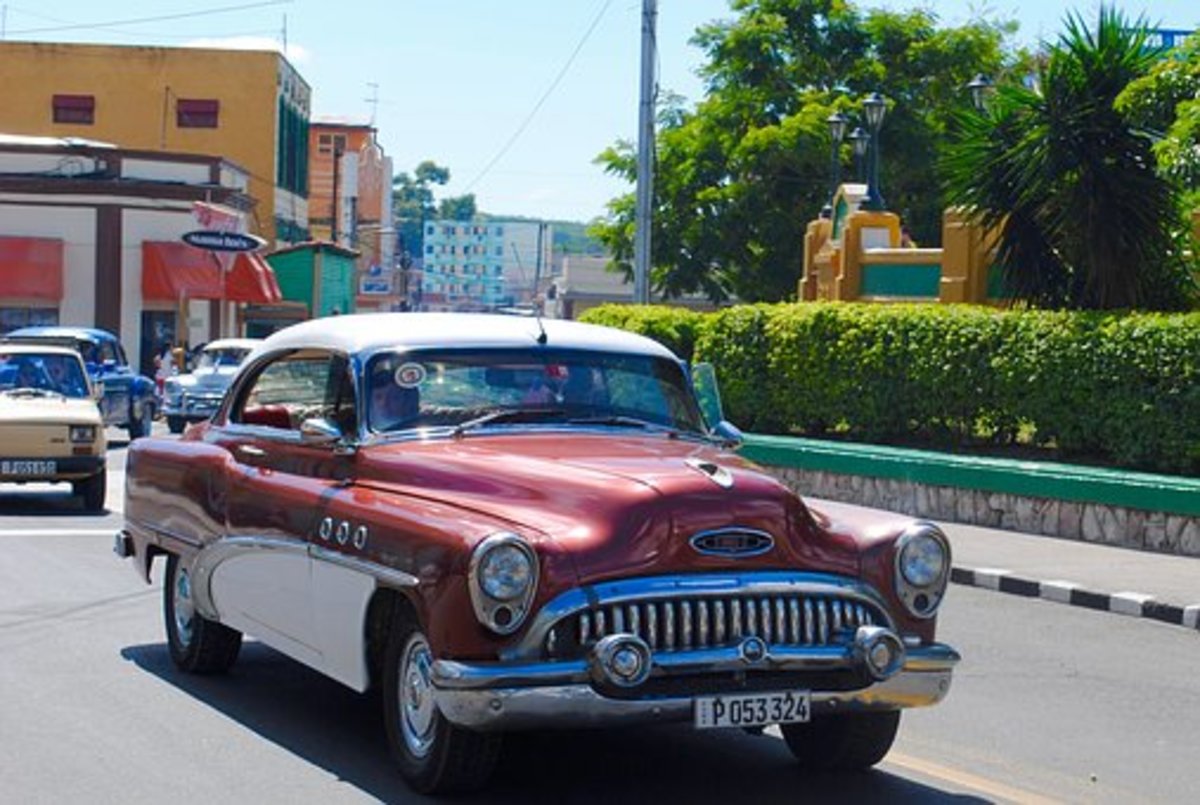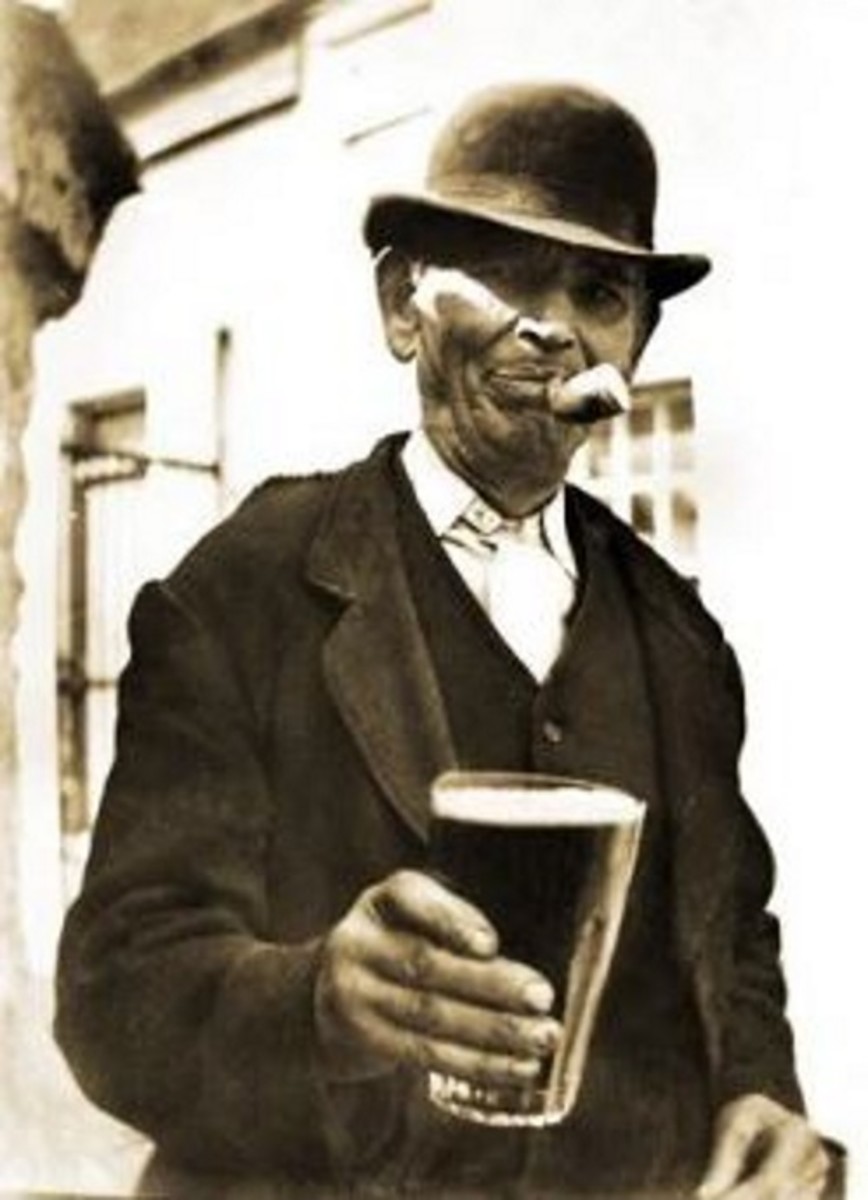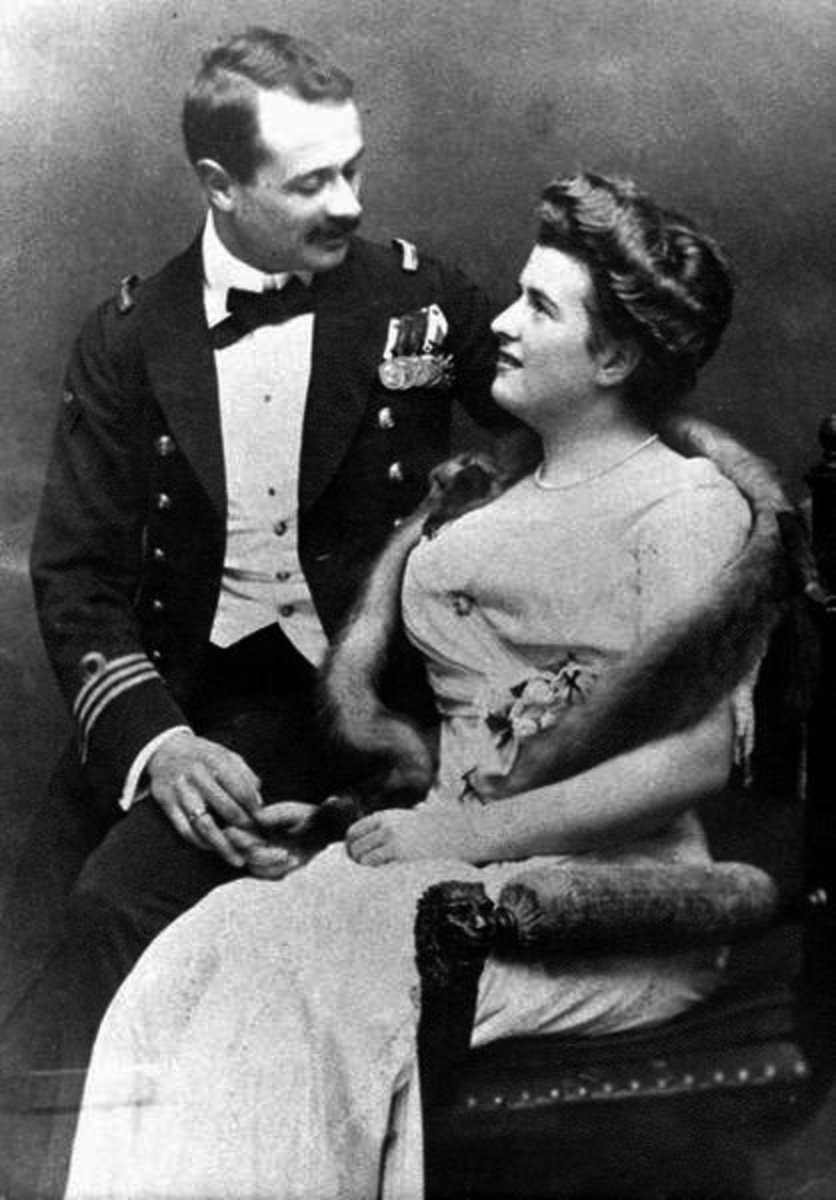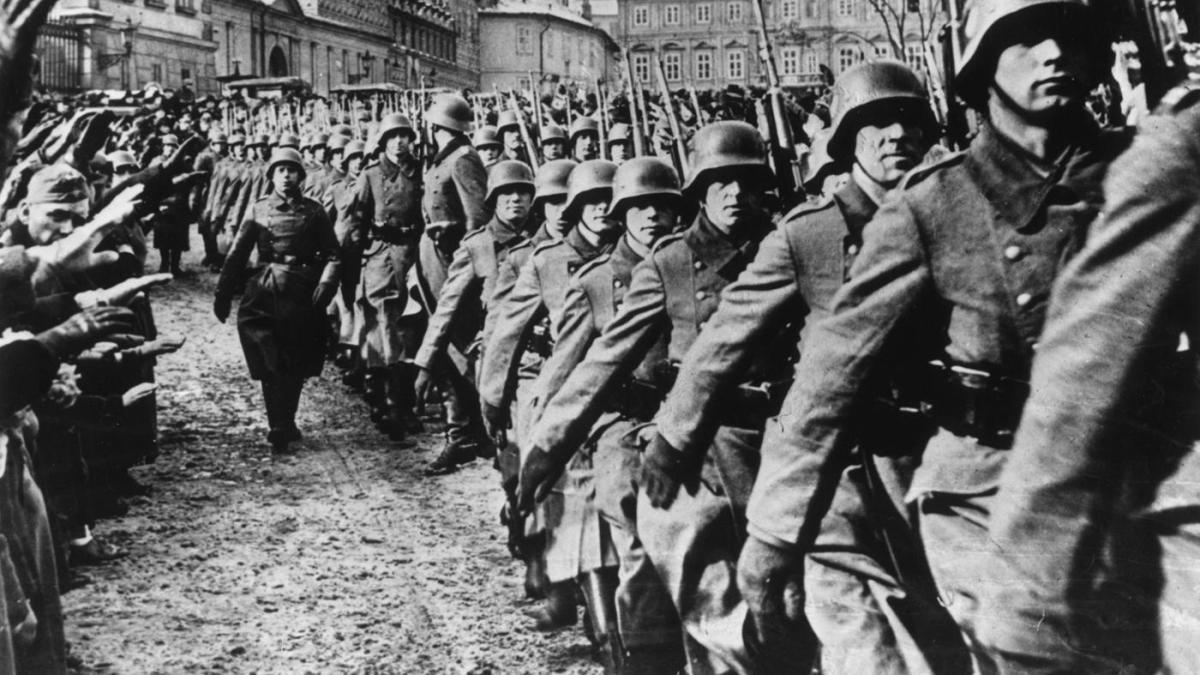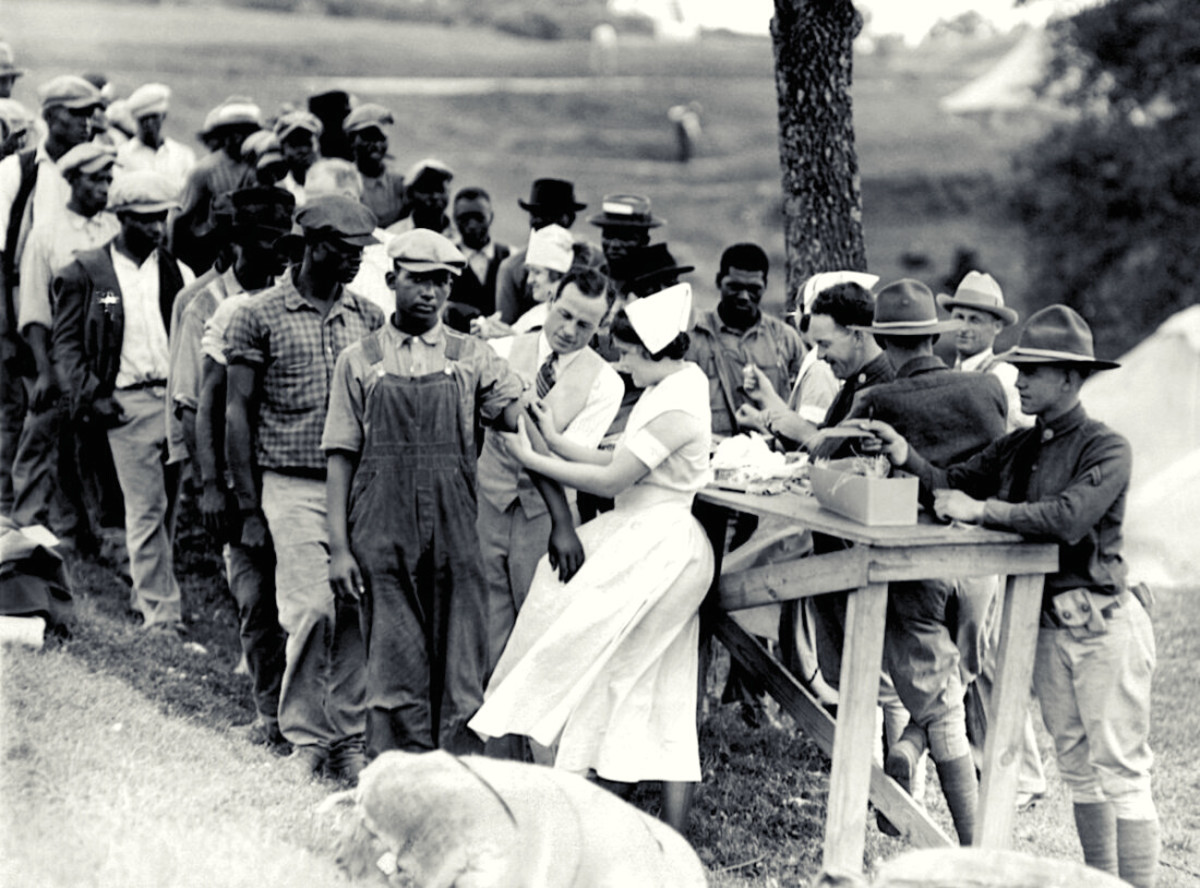- HubPages»
- Education and Science»
- History & Archaeology»
- History of the Modern Era»
- Twentieth Century History
"Call the Midwife"- Childbirth in the East End of London in the 1950s.
One of my students passed me a book instructing me to read it, "I think you'd enjoy it". Enjoyment is not quite the word but this book, "Call the Midwife" by Jennifer Worth was so interesting as it gave a vivid portrait of life in the East End of London during the 1950s.
Many of us born after this time view the post war years as a period of reconstruction. We knew that there was a massive building programme and accommodation was scarce but I was amazed at how little I really did know.
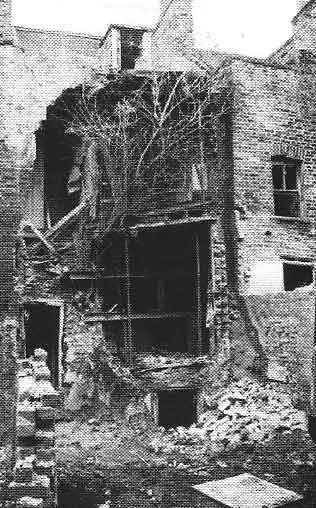
This book is centered around the London docklands in the 1950s. The docklands was, as its name suggests, a port where ships from all nations were unloaded into the heart of the city. As a consequence it was a target of the German Luftwaffe and whole streets of houses and buildings were destroyed during the blitz and subsequent bombing raids. Some families took advantage of evacuation for their children but yet when these families were reunited after the war, accommodation, which had not been plentiful before the war was now even more scarce. At the same time the 1950s saw an increase in immigration from the West Indies with these families going to London often with no reason other than it was the capital city.
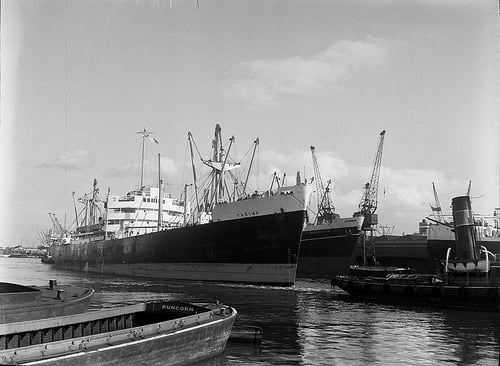
There was some slum clearance and rebuilding after the war but this was not the universal answer. Older people who had lived in the area all their lives, devastated by the effect of the bombing, were unhappy moving even if it meant just streets away. Families with children were on the priority for council flats yet regulations designed to prevent overcrowding meant that some families could not move in to the new flats. The council could not let the two bedroomed flats with an indoor bathroom and running water in the kitchen to families with over ten children as this was deemed to be over crowding. These families remained in the squalor of the East End , often living in one or two rooms with a shared outdoor privvy and a communal water tap.
In the 1950s the bombed ruins were still in place. Houses were lived in, although they might have gaping holes in the roof, with no heating or sanitation
The book tells the real life story of a trainee midwife living with an order of nuns who helped the sick and delivered babies throughout the docklands. They were supported by hardworking G.P.'s and the hospitals of the National Health Service which had only recently been established on 5th July 1948.
The women worked in conditions that would shock the modern health care professional and make them reach for the nearest phone to ring Social Services. Some of the families they visited maintained the working class ethos of cleanliness next to Godliness. Towels and sheets although worn would be freshly laundered and hot water would be available to the midwife. This in itself would have involved a trip to the communal tap and the water being heated over a stove. Only a few houses had water piped into the house and it was never hot. In these houses a fire would be made in the bedroom and the mother to be would be attended by her mother or other relatives. Dad would be at work or downstairs away from it all. After the birth mum would have a "lying in" period of two weeks before she resumed her heavy duties, again cared for by women relatives and neighbours.
Not all households were clean. Mrs Worth describes visiting flats where young children were not clothed on their bottoms and as a result there were urine puddles and piles of human excrement everywhere. The Docklands was a hard life and violence in the home, behind closed doors, was a fact of life for many women. Through this turmoil cycled the midwives and nuns with just their uniforms for protection.
The 1950s was a period where antenatal care increased. Mums had monthly, then weekly checks on their health at the local clinic. Until this time many women had lost their lives and their babies through physical deformities caused by ricketts, a disease caused by lack of vitamin D which is often obtained through exposure to sunlight, of which there was little in the cramped slums. These women often had hips that would not allow the cervix to dilate and let the baby pass through so they physically could not give birth. The best outcome was that the mother survived. Many mothers and babies died because of the effects of rickets. The arrival of ante natal care for all mothers meant that these cases were discovered and hospital intervention in the form of a caesarean section was used to save both the mother and the child.
The immediate post war period was the breeding ground of the Gangs, ruled over by the Kray brothers.Prostitution was rife. This book tells the story of a young Irish girl and her unhappy progress through London.
Against this background the nuns and midwives worked relentlessly cycling around the city, through fog and frosts to help all, from a girl expecting her first baby to Conchita an illiterate Spanish woman, expecting her 25th child. It was only with the availability of contraception on the NHS that the birth rate started to fall and family size became limited.
This is a good book to read. Some of the details of delivering a baby are very vivid. There are a few sad moments but on the whole it is a surprisingly hopeful tale of a spirited people who would not be crushed by poverty.
Call the Midwife by Jennifer Worth is published by Phoenix, part of Orion Books Limited
Now televised
Obviously I was not the only person who thought this an interesting book. The BBC is producing a six part drama series "Call the Midwife" , with a well known cast incuding Jenny Agutter, Pam Ferris and Miranda Hart. It must be worth a look! Apparently the series starts in January 2012 and hopefully will be sold abroad so that everyone who is interested can see it. Happpy viewing!
According to the Daily Mail the order of Nuns moved in 1978 after the rent was increased on their premises.
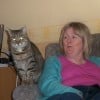
![Call the Midwife: Season Six [DVD]](https://m.media-amazon.com/images/I/51oSmeoTLoL._SL160_.jpg)
